

“Pumping and Hydraulics’ Solutions for Irrigation and Water Supply”
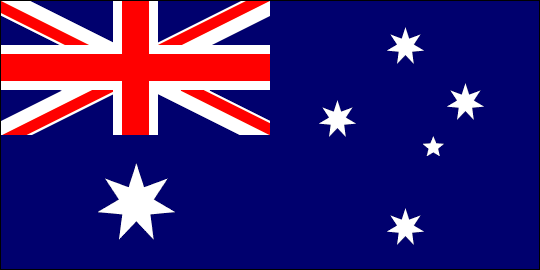
ABN: 92 105 345 506
Pipeline Friction Testing
Pipeline friction testing can identify pipeline hydraulic losses which can then be rectified, saving operating costs if it is part of a pumping rising main and potentially saving the replacement cost of complete pipelines. It can also act to restore supply to ageing gravity mains distribution systems.
Pipeline friction testing involves calculating the total head loss over a known length of pipe of known internal diameter with a measured constant flow rate.
Successful friction testing entails a raft of procedures required to ensure an accurate result, such as accurate flow measurement and elevation of pressure measurement points to determine pipeline friction.
Measuring pressure
Pipeline friction is established from field measurements of peizometric height differences at the beginning and end of pipeline to establish the “Hydraulic Grade Line” as in the chart to right.
Successful friction testing entails a raft of procedures required to ensure an accurate result, such as accurate flow measurement and elevation of pressure measurement points to determine pipeline friction.
Measuring pressure
Pipeline friction is established from field measurements of peizometric height differences at the beginning and end of pipeline to establish the “Hydraulic Grade Line” as in the chart to right.
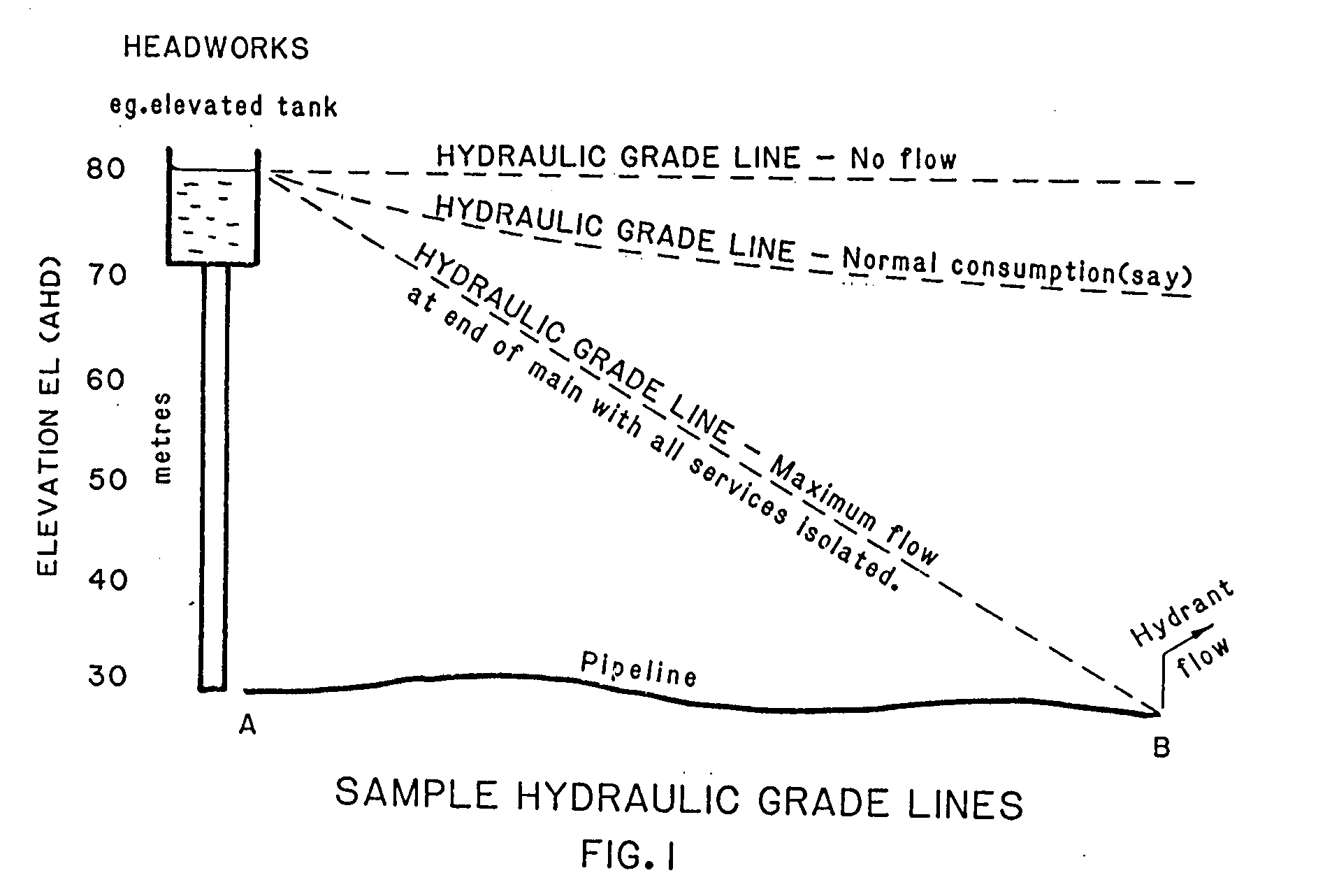
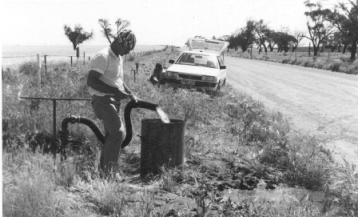
Measuring Flow Rates
Flow rates can be computed from rate of changes in tank water level or pipeline flow meter.
It is imperative that there are no offtakes along the pipeline during testing. Existing services will need to be isolated (and consumers advised)
However, nothing can quite beat the reliability, accuracy and simplicity of volumetric flow measurement into a portable vessel such as in the photo (right) where flow rate is being measured from a 80NB CICL pipe. (naturally this only applies to smaller flow rates!)
Flow rates can be computed from rate of changes in tank water level or pipeline flow meter.
It is imperative that there are no offtakes along the pipeline during testing. Existing services will need to be isolated (and consumers advised)
However, nothing can quite beat the reliability, accuracy and simplicity of volumetric flow measurement into a portable vessel such as in the photo (right) where flow rate is being measured from a 80NB CICL pipe. (naturally this only applies to smaller flow rates!)
Testing Experience.
Rob has conducted over 40 pipeline friction tests over the last 3 decades, on pipes from 80NB up to 1800NB (as in the Murray Bridge-Onkaparinga MSCL Pipeline shown left) including CICL, MSCL and PVC pipe.
Rob has conducted over 40 pipeline friction tests over the last 3 decades, on pipes from 80NB up to 1800NB (as in the Murray Bridge-Onkaparinga MSCL Pipeline shown left) including CICL, MSCL and PVC pipe.
Calculating Peizometric Heights
Peizometric heights are calculated from the sum of the tapping point elevation (m AHD) and measured head in metres at that point.
Measuring pressure tapping elevations (relative height differences) with pressure gauges using static head and flow conditions can give spurious end results.
It has been found from experience that tapping points with properly surveyed elevations linked to the nearest TBM or PBM provide the most accurate result.
Peizometric heights are calculated from the sum of the tapping point elevation (m AHD) and measured head in metres at that point.
Measuring pressure tapping elevations (relative height differences) with pressure gauges using static head and flow conditions can give spurious end results.
It has been found from experience that tapping points with properly surveyed elevations linked to the nearest TBM or PBM provide the most accurate result.
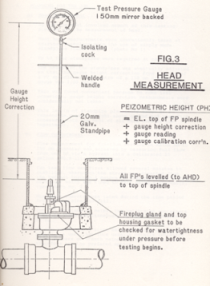
This is accomplished with 0.05% digital pressure gauges or calibrated data loggers attached to either:
*any available pressure tapping
*specially installed pressure tappings or
*air valve/fireplug (AVFP) installations such
as shown in the sketch left.
*any available pressure tapping
*specially installed pressure tappings or
*air valve/fireplug (AVFP) installations such
as shown in the sketch left.
Sketch: R Welke
Sketch: R Welke
Measuring water flow rate in the field. Photo: R Welke
Detailed pipeline friction testing
This type of testing will highlight isolated points of head loss in a pipeline system and involves pressure measurement at multiple points along the pipeline, in addition to just the beginning and the end.
The chart left shows a typical hydraulic gradient of a pipe with a local restriction, where 99.9% of the pipe length may be in good condition and only a short length of pipe may be causing a high head loss.
This type of testing will highlight isolated points of head loss in a pipeline system and involves pressure measurement at multiple points along the pipeline, in addition to just the beginning and the end.
The chart left shows a typical hydraulic gradient of a pipe with a local restriction, where 99.9% of the pipe length may be in good condition and only a short length of pipe may be causing a high head loss.
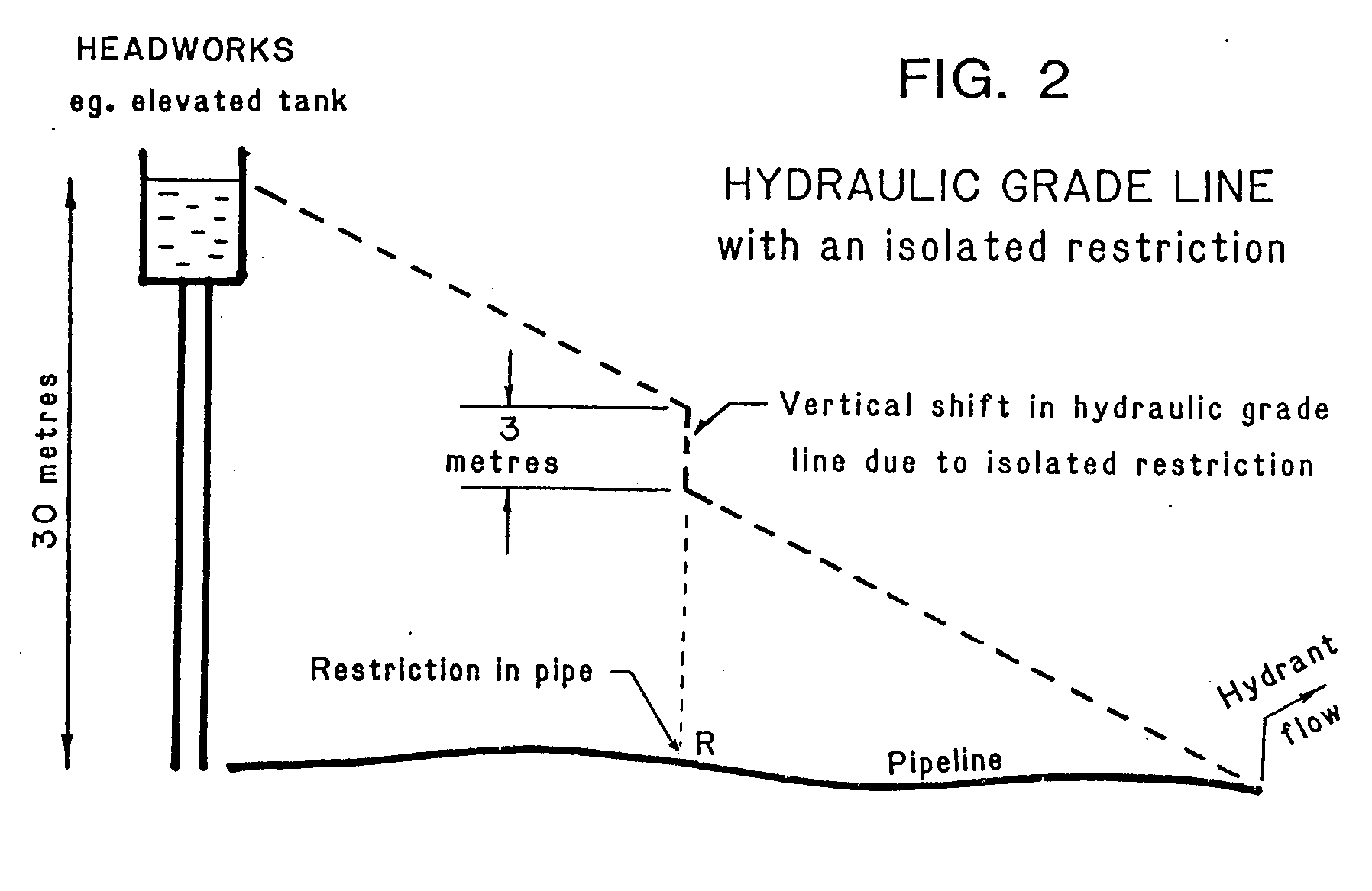
Sketch: R Welke
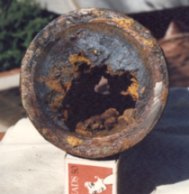
Example of isolated restriction
The photo right shows an 80NB CICL pipe in which a water meter tapping had dislodged the pipe’s cement lining over a 1/2 m length.
After over 20 years in service, corrosion product had all but closed the pipe at that point and reduced the water flow to a trickle.
Detailed friction testing revealed that the overall pipeline friction coefficient, including the partially blocked section, was about C=80, whereas the good sections of the pipe had a C value of 125. Detailed friction testing located the affected piece of pipe and deferred the replacement of several kms of pipe.
The photo right shows an 80NB CICL pipe in which a water meter tapping had dislodged the pipe’s cement lining over a 1/2 m length.
After over 20 years in service, corrosion product had all but closed the pipe at that point and reduced the water flow to a trickle.
Detailed friction testing revealed that the overall pipeline friction coefficient, including the partially blocked section, was about C=80, whereas the good sections of the pipe had a C value of 125. Detailed friction testing located the affected piece of pipe and deferred the replacement of several kms of pipe.
Corroded section of CICL pipe. Photo: R Welke
Remediation
Having conducted pipeline friction testing, the potential for remediation will depend on the friction value obtained. This where Rob’s experience in Pipeline Friction can assist in the interpretation of test results, what is practical and what’s not, and what remedial measures are worth adopting.
Having conducted pipeline friction testing, the potential for remediation will depend on the friction value obtained. This where Rob’s experience in Pipeline Friction can assist in the interpretation of test results, what is practical and what’s not, and what remedial measures are worth adopting.
As Senior Technical Officer for SA Water, Rob conducted extensive friction tests on SA Water Country Lands water supply mains during 1988. A copy of his report (co-authored with Peter Forward, Mechanical/Electrical Engineer for SA Water) is available through the National Library of Australia,
Rob can assist in reducing your operating costs by conducting pipeline friction testing to determine if your pipeline system has suffered significant friction losses, and can offer advice for remedial programs to restore the pipe’s friction characteristics, both short term and long term.
Contact Tallemenco for a quote to friction test your pipeline system, and save on operating costs!
Rob can assist in reducing your operating costs by conducting pipeline friction testing to determine if your pipeline system has suffered significant friction losses, and can offer advice for remedial programs to restore the pipe’s friction characteristics, both short term and long term.
Contact Tallemenco for a quote to friction test your pipeline system, and save on operating costs!


Photo: R Welke
Murray Bridge-Onkaparinga Pipeline
No 3 Pumping Station
Murray Bridge-Onkaparinga Pipeline
No 3 Pumping Station
Tallemenco Pty Ltd, Windsor Gardens, SOUTH AUSTRALIA, 5087.
ABN: 92 105 345 506
Mobile 0414 492 256
Intn'l: Cell +61 414 492 256
Skype: robwelke
ABN: 92 105 345 506
Mobile 0414 492 256
Intn'l: Cell +61 414 492 256
Skype: robwelke
Last Update
Nov 8th 2019
Nov 8th 2019